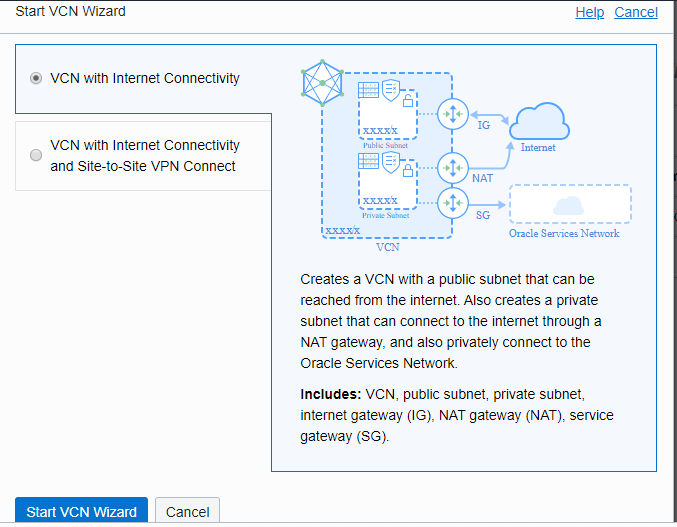

By internalizing the network structure I will be able to interact with my virtual machines and allow my virtual machines to interact with one another regardless of whether my PC is connected to a network or not. We’re going to use this concept to build a NAT network in your virtual environment that your virtual machines will connect to. This takes the single IP you get from your ISP and allows multiple machines to interface with it. The most common application of NAT networking is likely the usage of home broadband internet ‘routers’. The first thing we’re going to do once VirtualBox is installed is setup a NAT network. Before you begin, all you’re going to need is the installer for VirtualBox for your host machine and an ISO of CentOS 6 (64 bit).

We’re going to build 2 CentOS 6 virtual machines on a virtual NAT network using Oracle VirtualBox. More specifically, one that allows you to do virtual work on a commodity laptop, one that won’t break down if you lose connectivity, one that won’t be interfered with if you connect to a restrictive VPN. But every now and then I hear about individuals who have issues with their virtual machines or with the virtual environment provided by their employer, so I figured this was a good time to share my method of creating a virtual lab. I believe that having a place to test and grow your skills is an absolute necessity for anyone working in the IT field today regardless of your specialization, even if you’re an IT generalist. When I need to troubleshoot an issue for a client one of the most common first steps I’ll perform is attempting to recreate the issue in a virtual environment so I can work on it there without the risk of impacting client data. Almost every action plan I write is tested locally. My job is almost completely reliant upon my ability to perform work in lab of virtual machines.


 0 kommentar(er)
0 kommentar(er)
